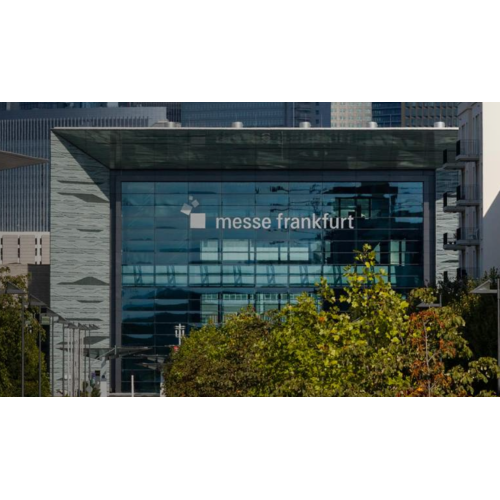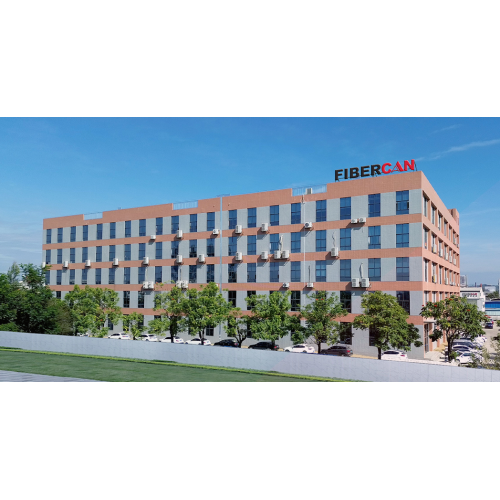According to the 2018/19 Global Islamic Economic Report, the continued growth of the Muslim fashion (referring to the lack of skin and more in line with Islamic women's dress code) is becoming a "mainstream" phenomenon.
The report was jointly released by Thomson Reuters, consulting firm Dinar Standard and Dubai International Financial Center. The report said that the total sales of the Muslim fashion industry reached US$270 billion in 2017. It is expected that the annual growth rate will remain at 5% and reach in 2023. Annual sales of $361 billion.
In particular, Muslim fashion is the second largest category of expenditure for Muslim consumers following food and beverages ($1.3 trillion). In addition, in 2017, the countries with the highest Muslim fashion consumption were: Turkey ($28 billion), United Arab Emirates ($22 billion), Indonesia ($20 billion), Nigeria ($18 billion), Saudi Arabia ($17 billion), Russia ($13 billion), Pakistan ($12 billion), Iran ($12 billion), India ($12 billion) and Egypt ($11 billion).
Whether it is a luxury brand or a fast fashion brand, in recent years, a number of series for the Islamic world have been launched: Dolce & Gabbana launched the Arabian robes series in 2016 with trendsetters such as Ruba Zai; H&M launched a Muslim fashion collection called Ltd. In addition, brands such as CH Carolina Herrera, Michael Kors and Massimo Dutti have launched the Ramadan series.







